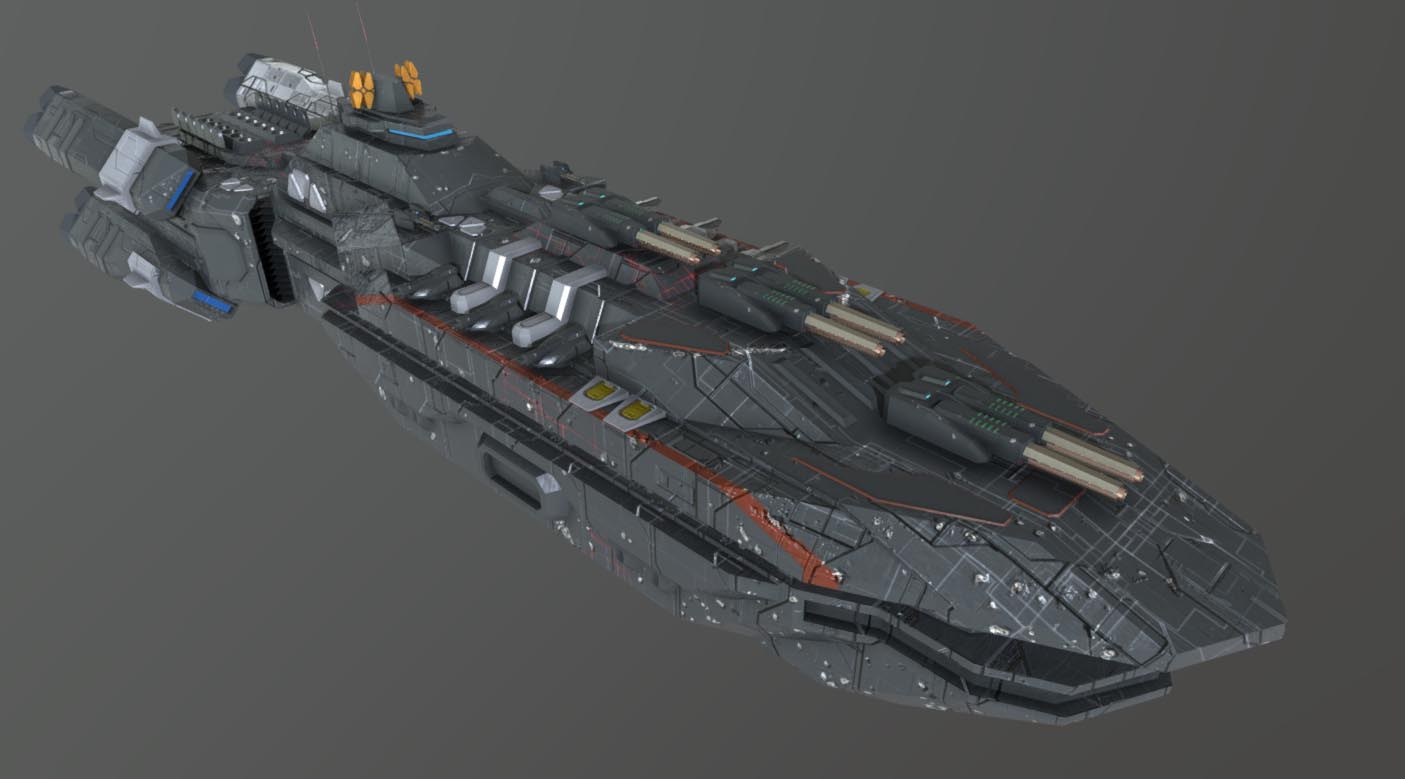

Mission types include technology demonstrators, science missions, human-rated missions, and design reference missions (DRMs)Įach summer Compass welcomes a talented intern artist to bring our concepts to life! Our Team.Destinations include all planets of our solar system, many moons, small bodies, and their surfaces.Designs span in size from large deep-space human exploration spacecraft all the way down to tiny cubesats.Information about the Lessons Learned over the past 15 years of the Compass Team can be found here: Lessons Learned in Concurrent Mission and Systems Design at NASA Glenn Research Center: Almost Fifteen Years of the Compass Team Design Experience Finalize the baseline and competing designs.Iterate on the design(s) to achieve required cost/reliability/risk results.Develop any trade studies or “one-off” designs, leveraging GLIDE.Develop a baseline design, leveraging GLIDE.Obtain and develop launch vehicle and trajectory options.Review similar past missions and designs.Define the problem definition with the customer.

The basic process follows the following steps: Compass design process
Spaceship designs software#
Data sharing is accomplished using GLIDE, an in-house software solution. More than 250 designs have been completed to date! What We DoĬompass uses concurrent engineering and an experienced team to design space systems, typically over a 2-week period. The team performs integrated vehicle systems analysis, often focusing on integrating new technologies. Since 2006, the Compass Team has conducted mission, spacecraft, and trajectory designs and trade studies. Compass is a multi-disciplinary, concurrent engineering team at NASA’s Glenn Research Center.


 0 kommentar(er)
0 kommentar(er)
